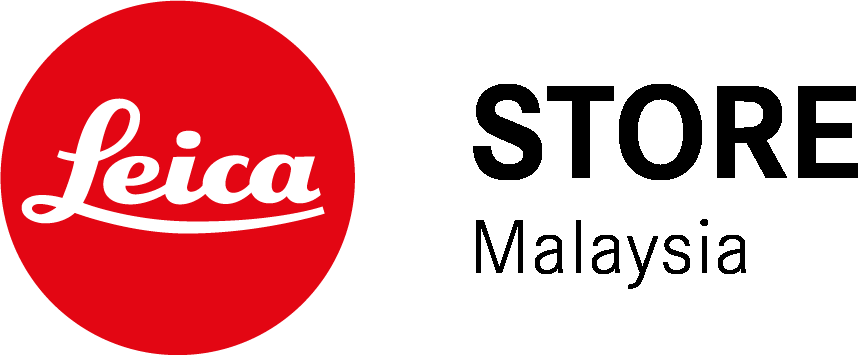EVOLUTION OF THE LEICA M

Leica M10-R
The Leica M is an extraordinary camera. And it is most often found in the hands of extraordinary people. People who see the big picture, who look twice, question triviality and recognise the unusual in everyday things. They think outside the box, look beyond the everyday and expand their own horizons.
In the Footsteps of Iconic Photographers
Leica has transformed visual communications in a decisive manner. It was the handy, 35mm format created by Oskar Barnack that first gave rise to a new and dynamic type of photography. Accordingly, following the blossoming of photojournalism in the twenties, it is evident that another chapter in the history of the medium was written with the appearance of the Leica M in the fifties. Many photojournalists have, of course, worked with a Leica; so it is hardly surprising that, to this day, many outstanding members of the Magnum Photos agency – founded in 1947 by Robert Capa, David Seymour and Henri Cartier-Bresson, among others – are Leica photographers. It is impossible to imagine many ‘decisive moments’ being recorded without a Leica. René Burri, Werner Bischof, Martine Franck, Ara Güler and Thomas Hoepker – to mention just a few of the agency’s members – have all captured unforgettable Leica moments.

Consider Nick Út’s shocking image of Kim Phúc – the seriously injured nine-year-old victim of the Vietnam War; or Alberto Korda’s famous portrait of Che Guevara, where the heroic guerilla fighter’s gaze is lost in the distance; these and many other iconic pictures share the same photographic tool in common.
A Treasure in Heritage

Leica MP, auctioned in 2019 for a hammer price of €1.02 Million.

Leica "Nullserie" nr. 110, auctioned in 2021 for a record price of €2.16 Million.
Leica M Milestones
UR-LEICA
Leica Ur - the first, fully functional prototype of a revolutionary new still picture camera for 35mm perforated film - was the brainchild of Oskar Barnack, who joined Leitz in 1911 as the Director of Research.
The camera had a full metal body, a collapsible lens and a focal plane shutter, which, at the time, had no overlapping curtains. A cap, fixed to the lens by a screw, was swung across the lens when winding on the film to prevent light getting in. The Ur-Leica was the first camera to feature coupled film winding and shutter cocking – thus preventing double exposures.
Fun Fact:
Oskar Barnack initially built a small device intended to test small batches of movie film. In 1914, however, it became apparent that what he had actually created was a miniature still camera, known today as the Ur-Leica.
The Evolution of M at a Glance
2022: LEICA M11
A LEGEND REINVENTED

Expand your creative freedom with the Leica M11. As the benchmark in rangefinder photography, the M11 is completely re-engineered and well-equipped to go beyond the known: An exclusively designed full-frame BSI-CMOS Sensor with triple resolution technology grants you the choice to produce stellar images at 60, 36 or 18 megapixels. Express your artistic vision with accuracy while staying truly flexible with an incomparable level of detail rendition and a wide ISO range. Charge the new powerful battery and connect your camera using the new USB-C port and benefit from a high level of data security with 64GB of internal memory. The Leica M11 - a legend reinvented.
Leica News
Stay connected to the world of Leica. Subscribe to get notified about product launches, special offers, upcoming workshops, events and exhibitions.





















